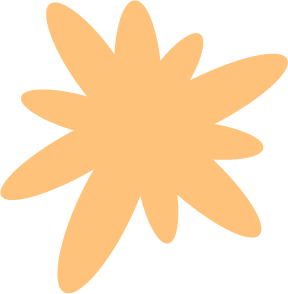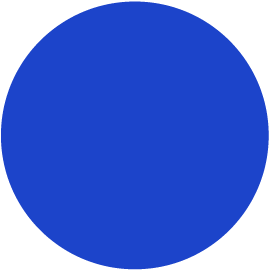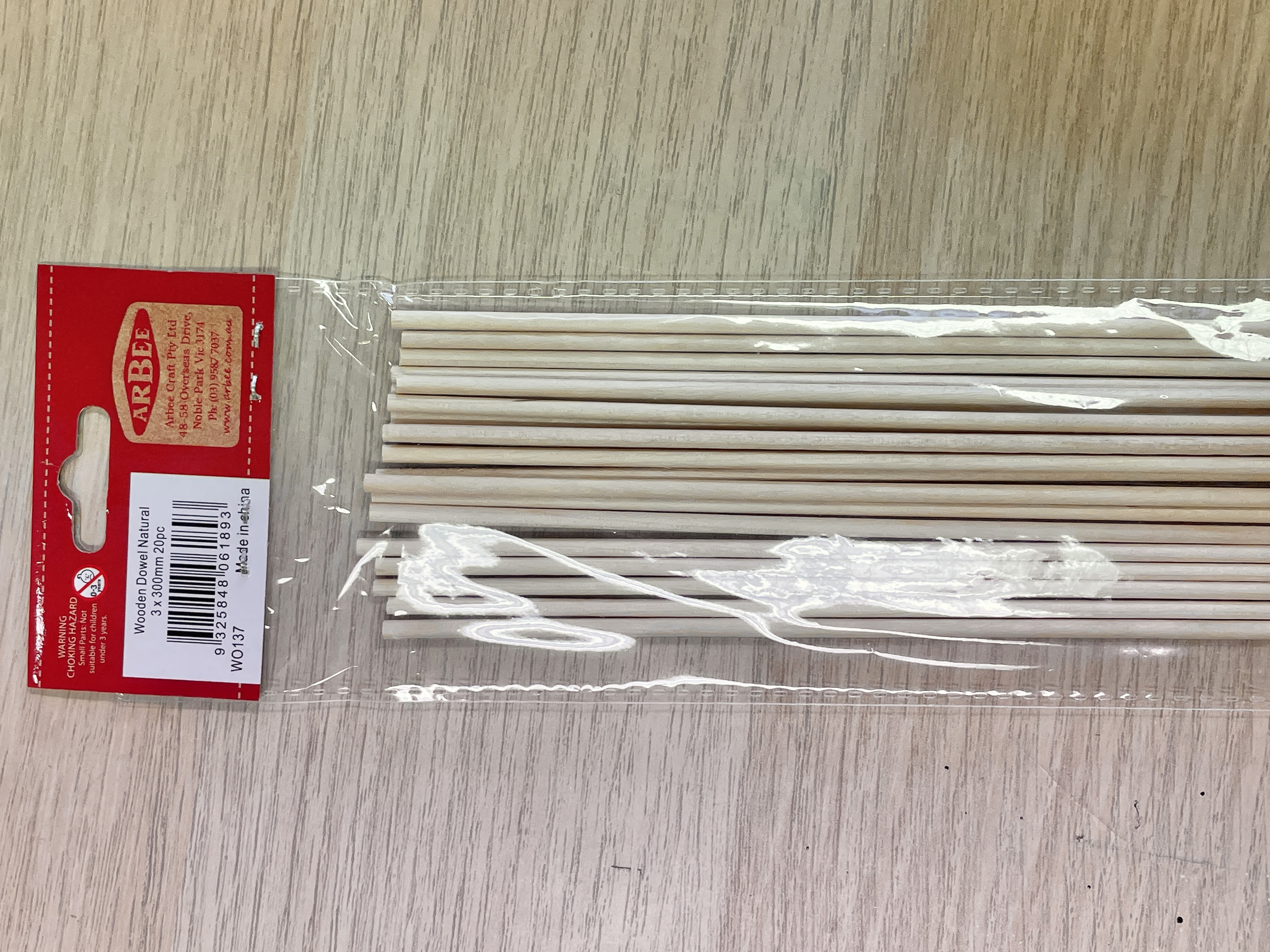WEEK 13
IMPROVING THE TOOLKIT

USER TESTING OF THE CURRENT BOARD
Scenario:
Each object represents infrastructures the user can find in their surroundings. Eg. the red object
represents the user’s home, the yellow object represents an overhead bridge, etc. Each of these objects
have a specific number of sensory cues, meaning that the visually impaired can memorise the objects on
auditory or tangible cues instead of visual ones.
The purpose of this user testing is to see how you interact with these objects. I want you to touch each
object. Your goal is to activate the sensory cue (sound).



Questions:
1.
How easy or difficult is this process? Please explain your answer.
2.
What, if anything, was unclear or confusing?
3.
If you could change anything about it, what would you change?
4.
Let’s say you don’t know how these objects look, is it easy to differentiate them from each other solely on touch? Please explain your answer.


PARTICIPANT 1: Tanishqa
Tanishqa.Successfully activated the sound for each object with one try.
How easy or difficult is this process? Please explain your answer.
It's a fairly simple process, but it takes some time getting used to the sensory cues since all of them sound similar. It would be nice if there is a different sound in order to remember the sensory cues.
What, if anything, was unclear or confusing?
Why are there different numbers of sounds? Like when I touch the white object, it beeps for 3 times. How do I create a correlation between this sound map and the actual place?
If you could change anything about it, what would you change?
Maybe have more variety of sensory cues? And a clearer correlation between the place and map so that it's easier to remember.
Let’s say you don’t know how these objects look, is it easy to differentiate them from each other solely on touch? Please explain your answer.
It's fairly easy to differentiate between them, but it would be even simpler if all of them had drastically different shapes in terms of points, curves and dimensions.
PARTICIPANT 2: Lienne
Lienne.Unsure where on the objects to touch despite trying multiple times.
How easy or difficult is this process? Please explain your answer.
I think it was pretty easy, I was more concerned with possibly breaking the objects so rather than holding the entire form, I either tapped the object or used my forefingers to hold a section that was closer to the board (because I figured this part would be more sensitive to making the sound).
What, if anything, was unclear or confusing?
Nothing I think…since the instructions just said to interact with the objects, functionality was not really a concern.
If you could change anything about it, what would you change?
Can’t think of anything right now!
Let’s say you don’t know how these objects look, is it easy to differentiate them from each other solely on touch? Please explain your answer.
I’d say yes! Although they have the same matte finish, they have vastly different silhouettes and the sizes also vary.
PARTICIPANT 3: Dennis
Dennis. Had to touch certain objects multiple times to activate the sound.
How easy or difficult is this process? Please explain your answer.
The process is easy and beginner friendly.
What, if anything, was unclear or confusing?
The instructions were clear and easy to understand.
If you could change anything about it, what would you change?
I think the instructions can encompass more information or more variations of the user case to make the interactions more interesting. For example, if the project was aimed for a target audience with visual impairment, the instructions should simulate similar scenarios.
Let’s say you don’t know how these objects look, is it easy to differentiate them from each other solely on touch? Please explain your answer.
I felt that even though the objects are distinctly different from each other, the overall feel of them is very similar. For instance, the objects have very curvaceous surfaces, making them feel the same instead of instantly recognisable as different objects. The difference in sizes definitely helped.
“How do I create a correlation between the sounds on the map and the actual place?”
Reflection


1.
I should have different sensory cues. Instead of numbers, what about different sounds?
2.
The overall feel of them is very similar. A suggestion could be to have objects with drastically different shapes in terms of points, curves and dimensions.
3.
User testing with better instructions. Give instructions to simulate scenarios as someone who is visually impaired.

LAST CONSULTATION

1.
Could I explore the option of incorporating audio instead of creating instructional cards?

2.
To demonstrate the exploratory nature of this project, I could create a material board showing various textures that could be incorporated into the objects.

3.
Create two more sets of objects that can work with vibration.
IDEATION FOR SET 2

1.
Since the first set is more abstract, the second set can be character-based.

2.
Vibration as the sensory cue. The vibration motor can be put under the object.

3.
One texture is placed on each object—four textures in total for the set.
I went to Art Friend and Daiso to look for potential materials for the figures, but I ended up at Spotlight after finding wooden figures that suited my idea. The choices were between having the figures the same size, or choosing to have them in different sizes. I chose the latter as it creates hierarchy in both size and height, as well as it is easier to differentiate when touching them. As there were only three sizes, I decided to include the wooden rings I already used for Open Studio. The flatness of the ring lends itself to resemble a pedestrian crossing, which is what it now represents.
-

Figures from Spotlight.
-

3mm wooden sticks from Spotlight.
-
Sketches of how to incorporate textures into the figures.
-
How will the children identify what each object represents?

IDEATION FOR MEMORY CARDS
Currently, there are no instructions provided for them. Initially, this information was meant to be
conveyed through instructional cards. However, since I am opting for audio instead, it becomes challenging
to visually represent the appearance of the objects through audio alone.
Include the existing illustrations I have made, but how?
How to remember? → Reminds me of memory cards that you flip over to match with another card. Instead of
flipping over the cards to match them, can I consider pairing the illustrations with their representative
text on the back to aid in recalling memorie?
Same shape as the objects → the category written behind (eg. landmark, home etc.)
2 sets for each of the object sets (clay and character-based)

WEEKLY ROUNDUP
II made sure to finalise every design ideation this week, so I can finish the making by the end of next week. I have to make sure I have enough time to film and edit the product envision video, and finalise the Catalogue of Making and CPJ, before submission.

